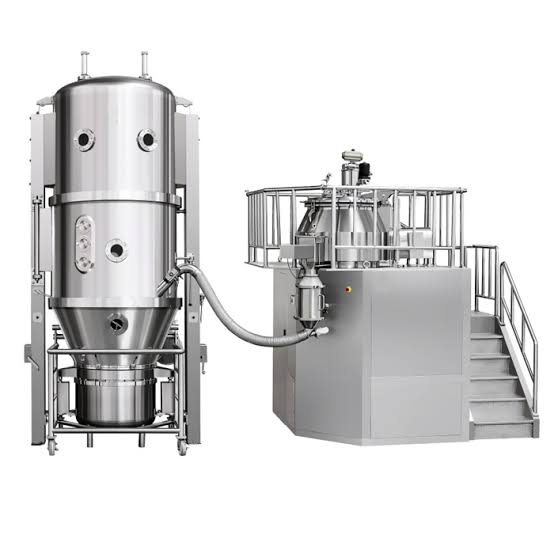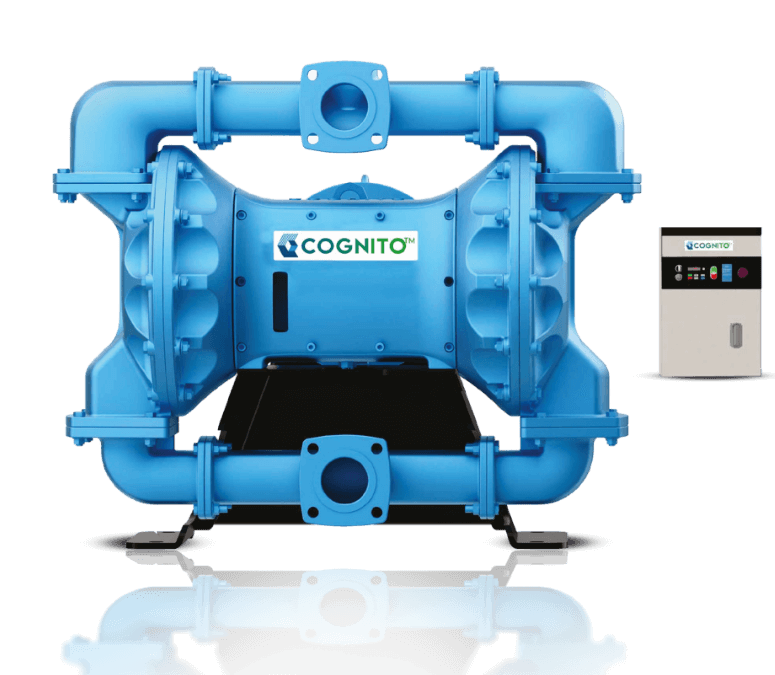What is the Purpose of Wet Granulation?
Wet granulation is a process of size enlargement in which fine powder particles are agglomerated or brought together into larger, stronger, and relatively permanent structures called granules using a suitable non-toxic granulating fluid. These could be water, isopropanol, ethanol, or a mixture of one or all of these elements, as required. This method is commonly used for compressed tablet production and involves an adhesive substance known as a binder.
What is the Benefit of Wet Granulation?
Converting powders or blends of powders into granules serves multiple benefits, and that’s why the process is so widely followed. These include enhancing the flow properties of the powder mix, preventing segregation of powder components during tabletting or storage, reducing dust production, reducing cross-contamination and hazards associated with toxic dust generation during manufacturing processes, improving the compression characteristics of drug substances, and improving the appearance of the final product.
Steps Involved in the Process of Wet
Granulation
The wet granulation method of tablet production involves several processing steps. These include weighing and mixing formulation ingredients (excluding the lubricant), preparing the damp mass by mixing the binder solution with the powder mixture to form an adhesive mass, wet screening the dampened powder into pellets or granules using a mesh screen, drying the granules, sizing the dry granules, blending the lubricant with the sized granules, and finally compressing the lubricated granules into tablets. The end result is achieved using a tablet press.
Advantages of the Wet Granulation Process
There are several advantages to using wet granulation.
• Modifying the properties of formulation
ingredients to overcome their tableting deficiencies
• Improved compressibility of powders resulting
from wet granulation processes allows for low pressure during compression
(reducing machine wear).
• Ensuring better content uniformity (especially
for soluble low-dose drugs)
• Improving the dissolution rate of poorly soluble
drugs by imparting hydrophilic properties to the granule surface
• Preventing segregation of components of a
homogenous powder mix during processing (reducing intra- and inter-batch
variability)
• Reducing dust levels during the manufacturing
process (reducing cross-contamination and risk to workers)
• Reducing air entrapment (increasing powder compressibility)
How IDEX MPT Enables the Wet Granulation
Process for Industries
IDEX Material Processing Technologies provides wet granulation process
equipment and global support service solutions that meet customer-specific
requirements with a focus on the pharmaceutical, food, and Chemical markets.
Their equipment is technologically superior and optimised to meet customer
needs. They enable manufacturers around the world to achieve consistent,
repeatable results in size reduction solutions (dry/wet/fine/gentle milling and
sieving), powder and tablet handling, nano-enabled solutions (size
reduction/cell disruption), agglomeration/roll compaction solutions, and
bio-process equipment.
Conclusion
Wet granulation is an important method in tablet manufacturing that
offers several advantages over other methods. It allows for better flow
properties, improved compressibility, better content uniformity, an improved
dissolution rate of poorly soluble drugs, reduced dust levels during the
manufacturing process, reduced air entrapment, and increased powder
compressibility. IDEX Material Processing Technologies offers equipment for wet
granulation that is technologically superior and optimised to meet customer
needs.




Comments
Post a Comment